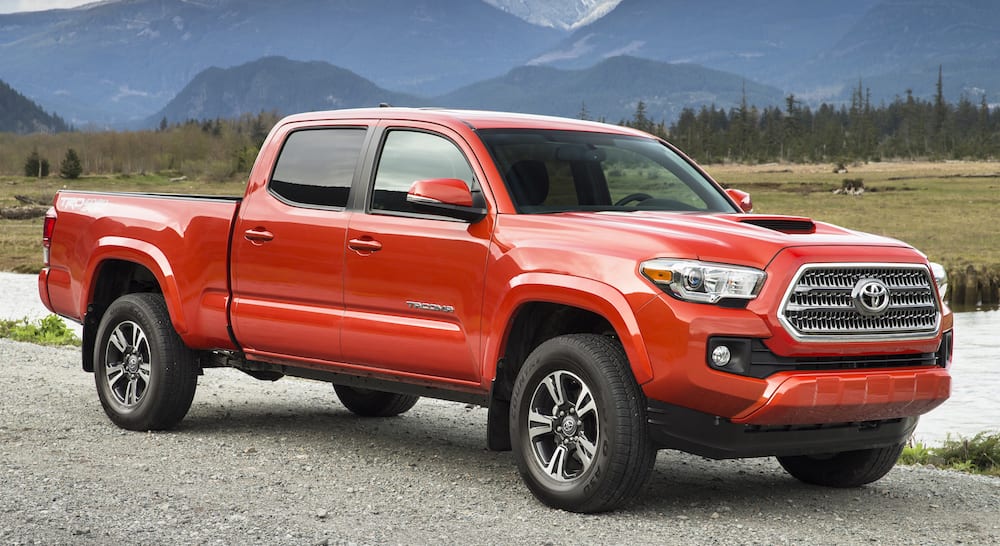Buying a used car can be an exciting but nerve-wracking experience. To ensure you make a wise investment, it is essential to inspect the vehicle thoroughly before making a purchase. By inspecting a used car like a pro, you can identify potential issues, negotiate a fair price, and make an informed decision. Here is a step-by-step guide on how to inspect used cars in chicago like a pro.
Exterior Inspection
- Check the body for dents, scratches, or signs of rust. Pay attention to panels and doors, as uneven gaps may indicate previous damage or poor repairs.
- Examine the paint condition for any color inconsistencies, which could indicate previous repairs or repainting.
- Look for signs of leakage underneath the car, which may indicate fluid leaks from the engine, transmission, or brakes.
- Check the lights, including headlights, taillights, turn signals, and brake lights, to ensure they are functioning properly.
Interior Inspection
- Sit in the driver’s seat and inspect the overall condition. Check the seat upholstery, dashboard, and steering wheel for any signs of excessive wear or damage.
- Test all the controls, such as the windows, locks, mirrors, air conditioning, and infotainment system, to ensure they are working correctly.
- Pay attention to any unusual odors inside the vehicle, as they could indicate water damage, mold, or other issues.
- Inspect the condition of the carpets and floor mats for stains or signs of water damage.
Mechanical Inspection
- Start the engine and listen for any unusual noises, such as knocking or rattling, which could indicate engine problems.
- Inspect the battery for corrosion or leakage.
- Test the brakes by applying firm pressure while driving at a safe speed. The vehicle should come to a smooth, controlled stop.

Documentation Inspection
- Request the vehicle’s history report, including records of previous owners, accidents, repairs, and maintenance. This information can reveal valuable insights into the car’s condition and potential issues.
- Check the vehicle identification number (VIN) on the car’s registration, dashboard, and door jamb to ensure they match.
Inspecting a used vehicle like a pro involves a comprehensive examination of its exterior, interior, mechanical components, and documentation. By following this step-by-step guide, you can identify potential issues, assess the car’s condition accurately, and make an informed decision. Remember, a thorough inspection may not require to purchasing a used car by see this page with confidence and ensuring a satisfying ownership experience.




